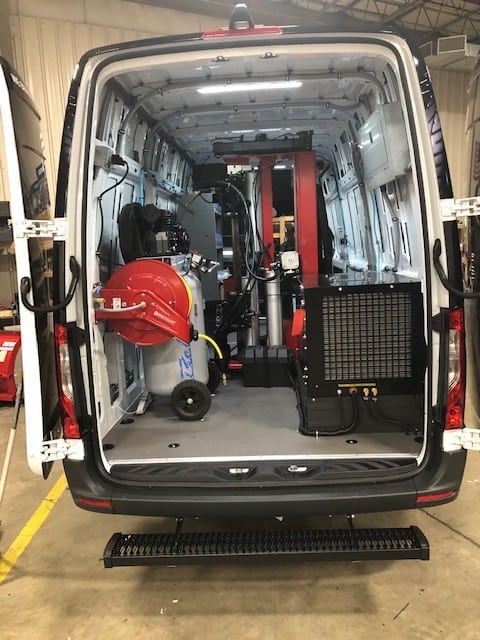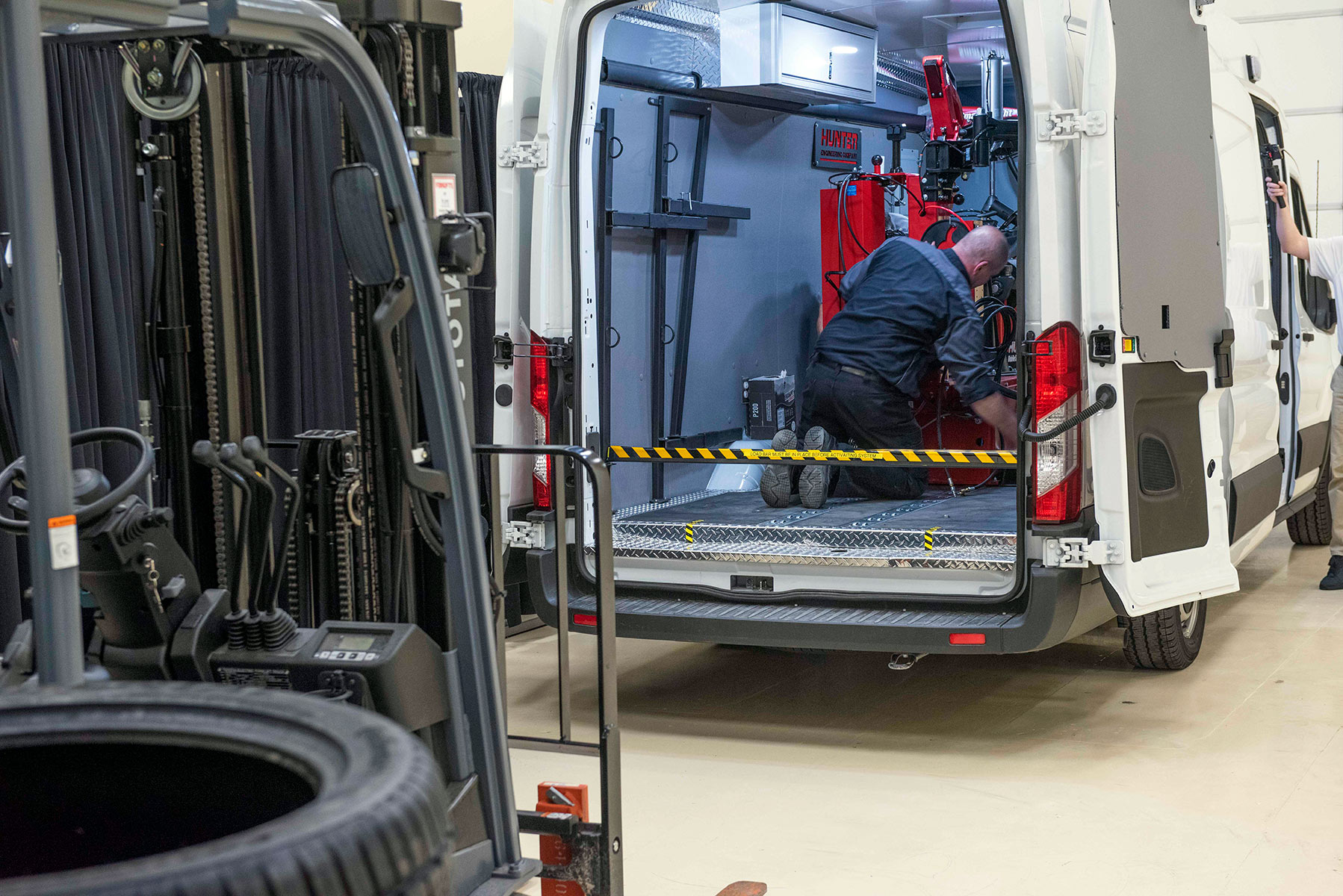Reputable Mobile Tire Change and Replacement in Las Vegas
Reputable Mobile Tire Change and Replacement in Las Vegas
Blog Article
Tire Solution: Proven Techniques for Optimum Tire Upkeep and Care
Keeping optimal tire condition is extremely important for both security and performance of any type of lorry. From making certain proper tire pressure to regular turning and positioning, there are tried and tested approaches that can dramatically prolong the lifespan of your tires and boost general driving experience. As we check out the complexities of tire treatment and upkeep, we will certainly discover essential standards that every automobile owner must adhere to for the finest possible outcomes. Let's look into the globe of tire service and uncover the secrets to keeping your tires in superior shape for the long haul.
Relevance of Tire Pressure
Adequate tire stress advertises far better gas efficiency, as under-inflated tires can lead to enhanced rolling resistance, creating the engine to work harder and eat even more fuel. Appropriate tire stress ensures even step wear, boosting tire long life and saving money in the long run by postponing the need for premature replacements. On a regular basis examining and adjusting tire pressure, especially before lengthy journeys, is a simple yet efficient way to boost lorry performance, expand tire life-span, and prioritize security on the roadway.
Tire Rotation Standards
When thinking about tire rotation standards, it is important to understand the value of this upkeep task in maximizing tire life expectancy and maintaining ideal vehicle efficiency. Tire rotation includes changing the placement of each tire on a lorry to make sure also tread wear. Front tires often tend to put on more rapidly than rear tires due to guiding forces, making normal rotation important for balanced wear patterns.

Benefits of Wheel Positioning
Making sure correct wheel placement after tire turning is critical for keeping balanced wear patterns and taking full advantage of automobile performance. Wheel positioning refers to the change of the angles of the wheels to the supplier's specs. One of the vital advantages of wheel alignment is boosted guiding and taking care of action. When the wheels are properly lined up, it decreases guiding initiative, making sure a smoother and much more controlled driving experience. In addition, appropriate wheel placement assists to extend the lifespan of your tires. Misaligned wheels can cause unequal tire wear, leading to premature tire substitute and boosted upkeep expenses.

Tire Footstep Depth Examine
Performing a normal inspection of tire tread depth is essential for maintaining safe driving problems and lengthening the life-span of your tires. The step on your tires plays try this site a critical duty in supplying grip, specifically in slippery or damp problems. To check your tire step depth, you can utilize a step deepness scale or the cent test. The recommended step deepness goes to least 2/32 of an inch. It is time to replace your tires to guarantee optimal efficiency and safety and security on the roadway if the walk depth is listed below this limit. Unequal walk wear can indicate problems with tire positioning, stress, or suspension, highlighting the importance of routine walk depth checks. Overlooking to keep track of and preserve correct step deepness can cause lowered hold, longer braking ranges, and a boosted risk of hydroplaning. By integrating tire tread depth look into your regular maintenance schedule, you can drive with self-confidence recognizing that your tires are in leading problem.
Seasonal Tire Assessment
Seasonal tire examination is an essential facet of tire maintenance that ensures tires are prepared to face the difficulties posed by different climate problems. In prep work for wintertime, it is essential to examine the tire pressure on a regular basis as cold temperature levels can cause tire stress to go down. By carrying out routine seasonal tire evaluations, vehicle drivers can lengthen tire life-span, enhance gas efficiency, and most notably, make certain a secure driving experience in differing weather conditions.
Final Thought
To conclude, keeping correct tire stress, revolving tires frequently, straightening wheels appropriately, checking walk deepness, and performing seasonal examinations are important methods click over here for optimal tire care. By following these verified methods, drivers can ensure their tires last much longer, carry out much better, and add to overall vehicle safety and security. It is necessary to prioritize tire upkeep to avoid accidents, boost fuel efficiency, and extend the life-span of tires.
Ample tire stress promotes far better gas effectiveness, as under-inflated tires can lead to boosted rolling resistance, triggering the engine to work more difficult and consume even more gas.When thinking about tire turning standards, it is important to understand the importance of this maintenance task in making the most of tire life expectancy and maintaining optimum vehicle performance. Seasonal tire inspection is an essential aspect of tire upkeep that guarantees tires are prepared to encounter the challenges positioned by various weather conditions. By performing routine seasonal tire assessments, vehicle drivers can extend tire life expectancy, improve gas performance, and most significantly, look at here make sure a protected driving experience in varying climate conditions.
In verdict, maintaining proper tire stress, revolving tires frequently, lining up wheels properly, checking step depth, and performing seasonal inspections are important techniques for optimal tire treatment.
Report this page